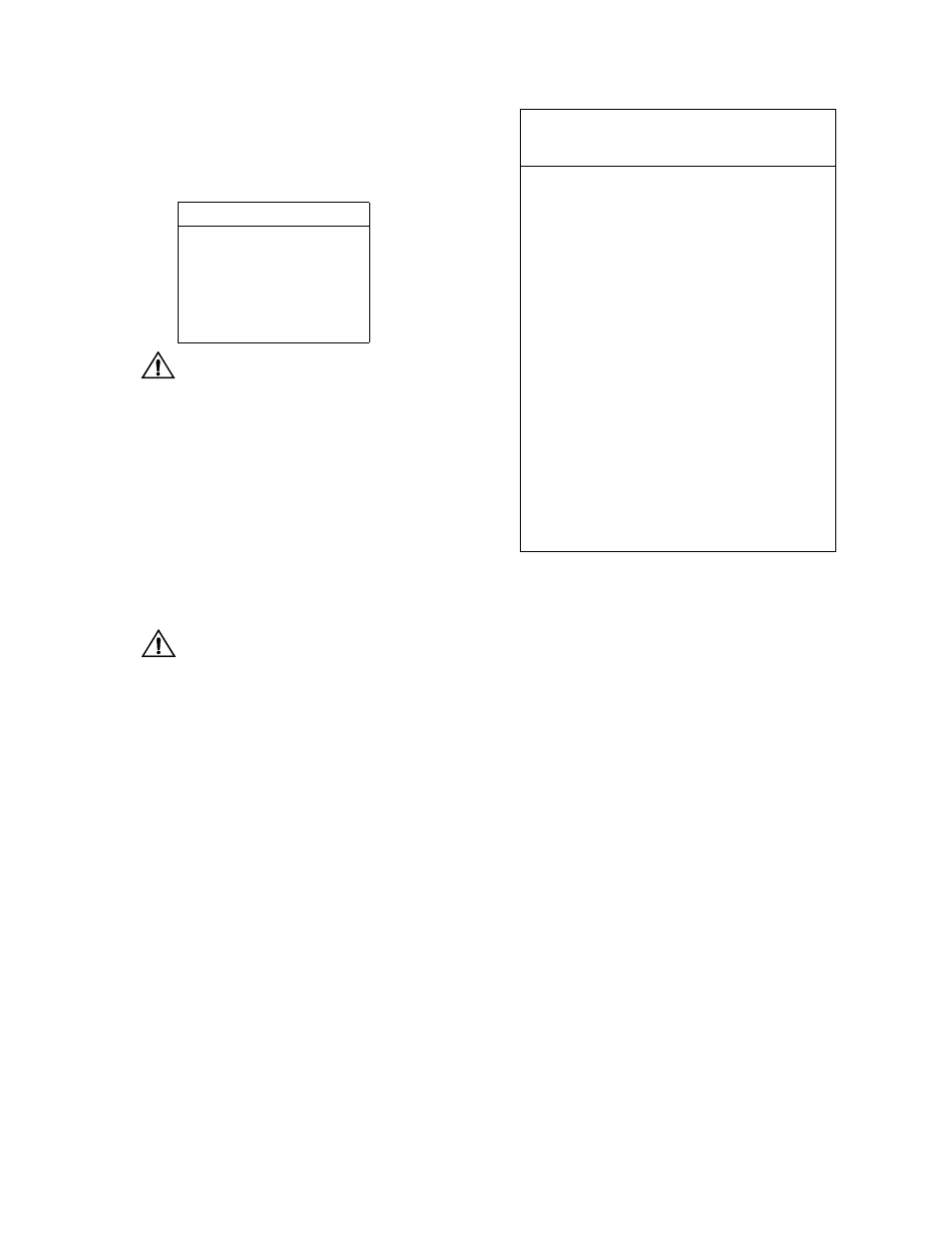Network management, Power connection, V.35 – Verilink PRISM 4151 (34-00258) Product Manual User Manual
Page 12

2-4 Installation
PRISM 4151
NET
The DDS network is connected through a standard RJ-48S
(8-pin modular) connector labeled NET. The pinout assign-
ments are displayed in Table 2-F.
In accordance with FCC Rules, Part
68.218(b), you must notify the tele-
phone company prior to disconnecting
this product.
The network side of the CSU/DSU is referred to as the net-
work interface. This interface contains an ALBO (automatic
line build-out) allowing the CSU/DSU to be located a sub-
stantial distance away from the telco network interface with
a receive signal level down to -45 dB.
V.35
The PRISM 4151 is equipped with a V.35 data port (on a
standard 34-pin connector). Pin functions for the high speed
port interface are listed in Table 2-G.
FCC rules require that interconnect-
ing cables carrying high speed data
be shielded appropriately in order to min-
imize radio frequency interference.
Network Management
Network management is accomplished via the SUPV port
(page 2-3), SLIP port (page 2-3), or the LAN port (page 2-2).
The PRISM 4151 incorporates the full TCP/IP stack and
supports inbound T
ELNET
. It has an embedded SNMP agent
supporting the TxPORT enterprise MIB, which provides
access to the specific functionality of the CSU/DSU, includ-
ing DDS status information. MIB objects for the PRISM
4151 are listed in Appendix C.
Power Connection
AC powered units use a 110 VAC captive power supply.
There is no power switch. The green power LED on the
front panel illuminates after the LED initialization sequence
ends. If the indicators do not illuminate, recheck the power
connections and the primary AC circuit breaker.
Table 2-F RJ-48S Pinout Assignments
Pin
NET Interface
1
Data Out (Tip)
2
Data Out (Ring)
3 - 6
Not Used
7
Data In (Tip)
8
Data In (Ring)
Table 2-G V.35 Interface
CCITT/
EIA
Circuit
Common Name
V.35
34-pin
DCE
101/AA Frame
Ground
A
Gnd
102/AB Signal
Ground
B
Gnd
103/BA Transmit
Data
P
…
S In
104/BB
Receive
Data R
…
T
Out
105/CA
Request to Send
C
In
106/CB
Clear to Send
D
Out
107/CC
Data Set Ready
E
Out
108/CD
Data Term Ready
H
In
109/CF
Data Carrier Detect
F
Out
114/DB Transmit
Clock
Y
…
AA
Out
115/DD
Receive Clock
V … X
Out
113/DA External
Clock
U
…
W
In
141/LLB
Local
Loopback J
In
140/RLB
Remote Loopback
BB
In
142/TM Test
Mode
K
Out
